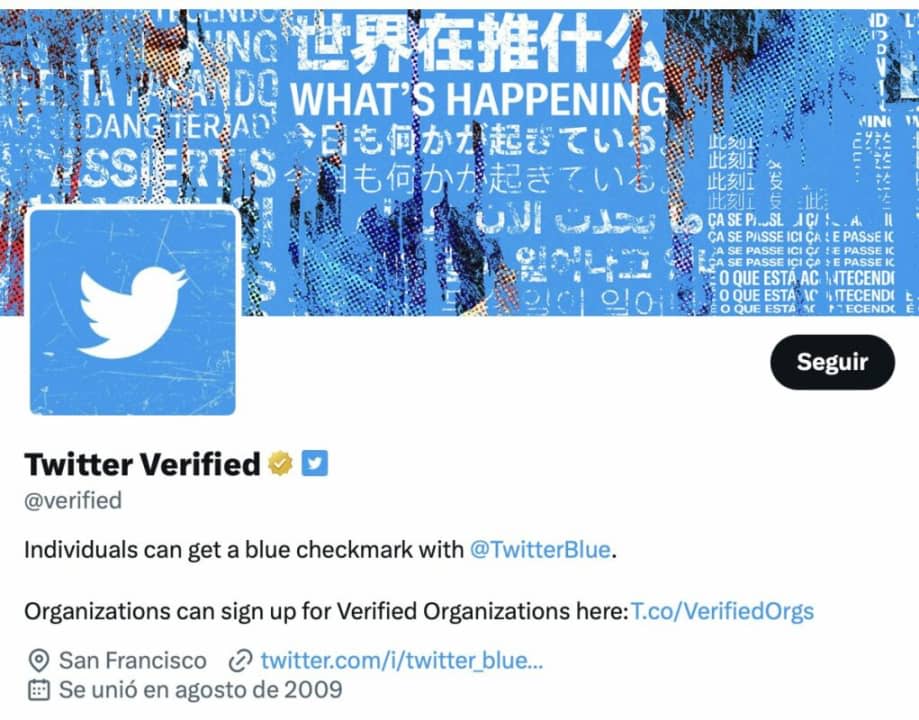Twitter account verification has always been an important tool to ensure that as users we are interacting with legitimate and authentic accounts, especially when it comes to public figures such as politicians, journalists, artists and businesses. However, with the launch of Twitter Blue, the line between authenticity verification and purchased verification has become very blurred.
Elon Musk, had announced that he was going to remove the blue verification seal given to media and government personalities, but his plans for this have been delayed. Right now, with paid and authenticity verification coexisting, Twitter has stopped distinguishing between those who pay for Twitter Blue and those who have a legacy verification seal. Fortunately, with a simple iOS Shortcut, we can tell if the person behind a Twitter account pays for the blue verification seal or not.
When in doubt, it is better to check the verification
A few days ago, Twitter displayed the message “This is a verified account under the old system. It may or may not be notable.” But now it shows that the account is “verified because it is subscribed to Twitter Blue or because it is a verified account under the old system”, which prevents us from distinguishing the two.

Faced with this prospect, Mike Beasley has created the “Checkmate” shortcut, which shows who is verified and who pays for Twitter Blue. After clicking on the link, tapping Get Shortcut and then tapping Get to add it to the Shortcuts app on our iPhone, iPad or Mac, all we have to do is run the Shortcut. This will ask us for the username of the account we want to check, the one that starts with @, and then it will tell us if that account pays for Twitter Blue or is a verified under the old system.
We can also, if it is more convenient, share the link to an account directly with the shortcut. This way, it takes care of checking the user and showing us the same information. Information, it must be said, that depending on the state of the Twitter API may take a few seconds to appear, but that will quickly give us clarity.
Beyond curiosity, the truth is that knowing the origin of the verification logo can be really important. When in doubt whether an account is official or someone who is impersonating someone else, this information can be key for us to identify the correct account that we want to follow or with which we want to interact. Something, it is also good to keep in mind, that we can achieve with the golden verification badge, which some institutions display and which does entail verification of the account itself.
In any case, while we are in this impasse of somewhat mixed verifications, the best we can do is to check for ourselves the origin of the verification. Without losing sight of the fact that the badge system has always sought to make it clear to us which is the official account, among several similar ones, this is crucial information. Fortunately, while Twitter’s algorithm is already public, this is a check that we ourselves, thanks to the Shortcuts app on our iPhone, iPad or Mac, can carry out very easily and also with the reliability required to then be able to trust this information.
Some of the links added in the article are part of affiliate campaigns and may represent benefits for Softonic.


